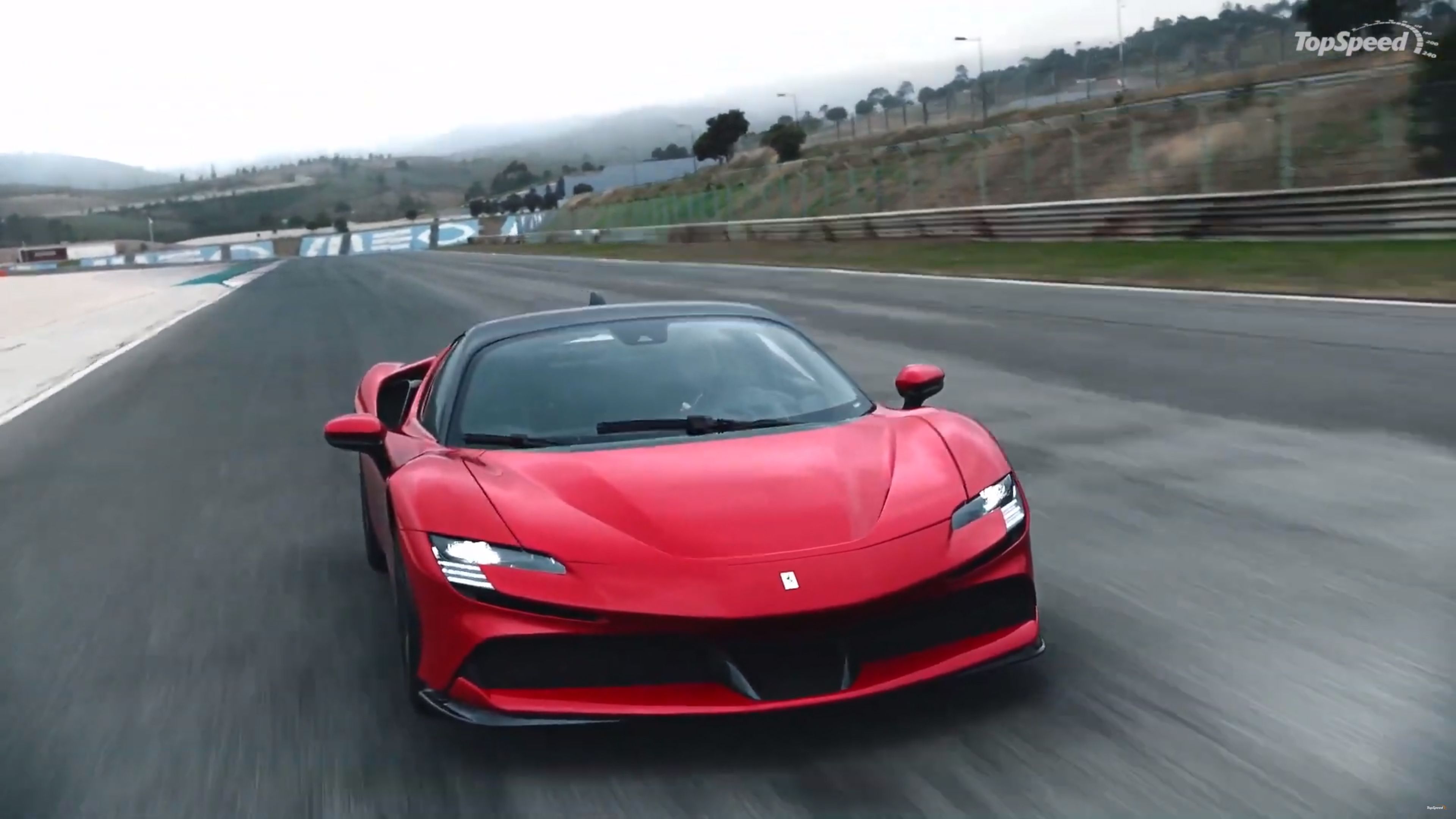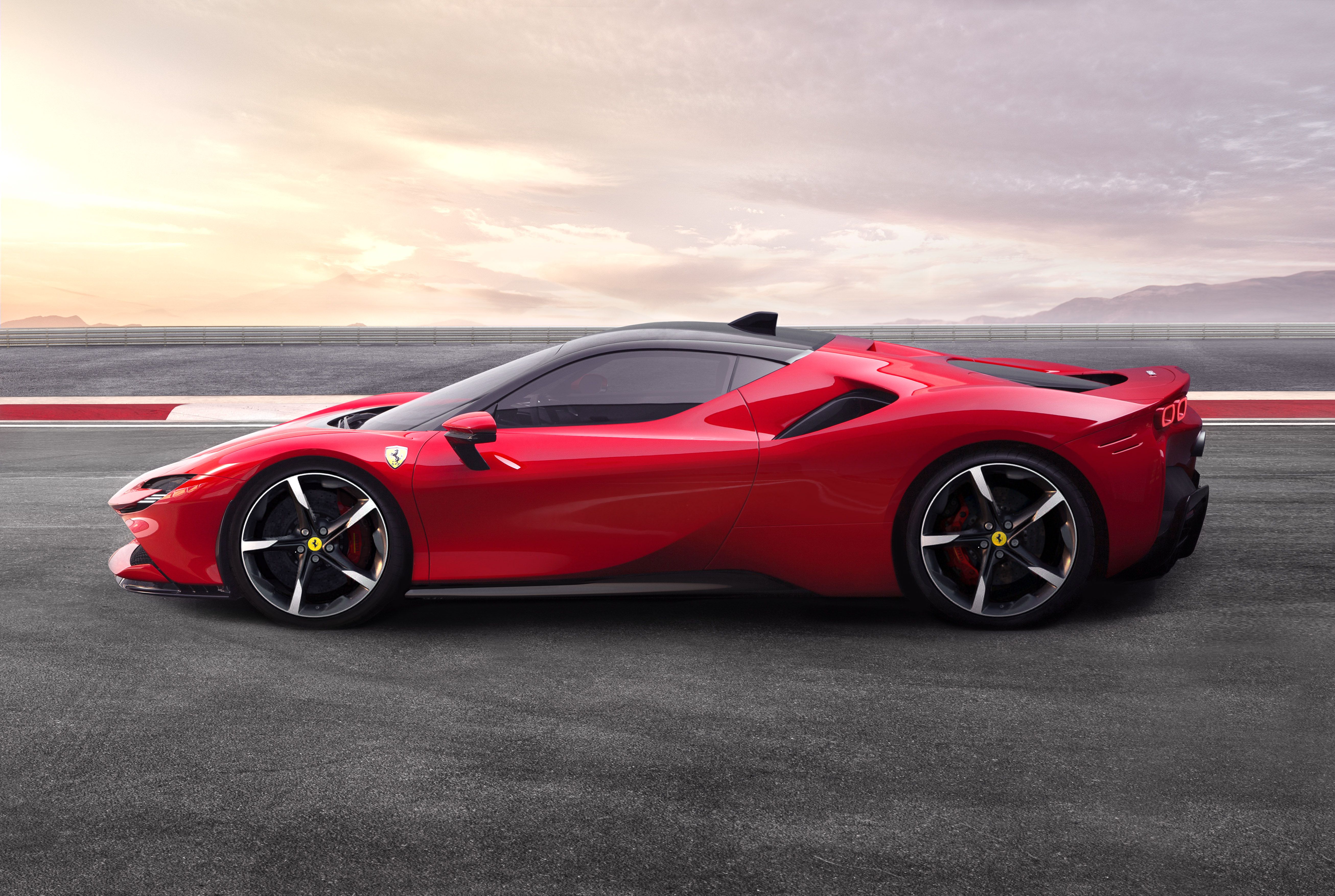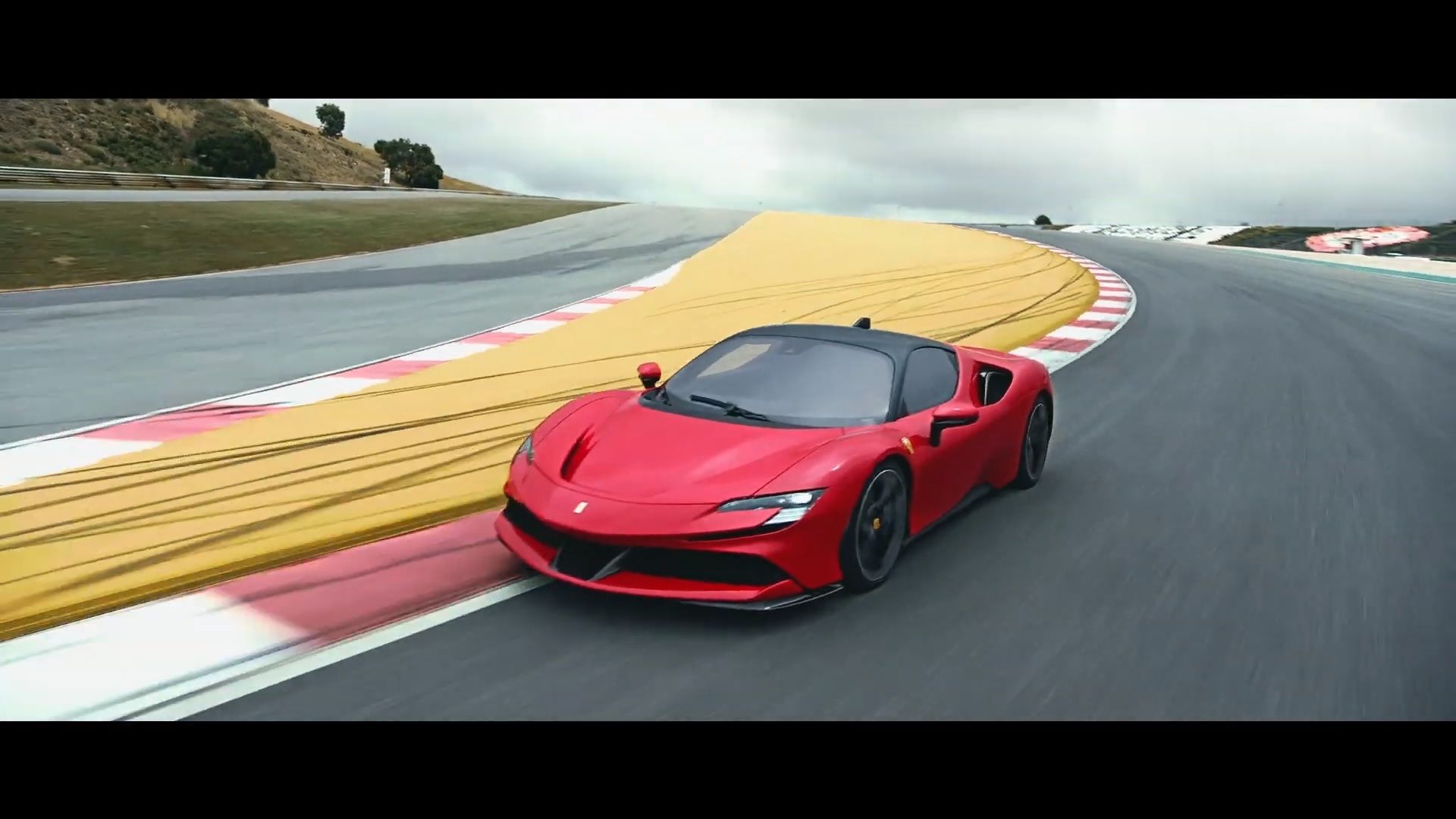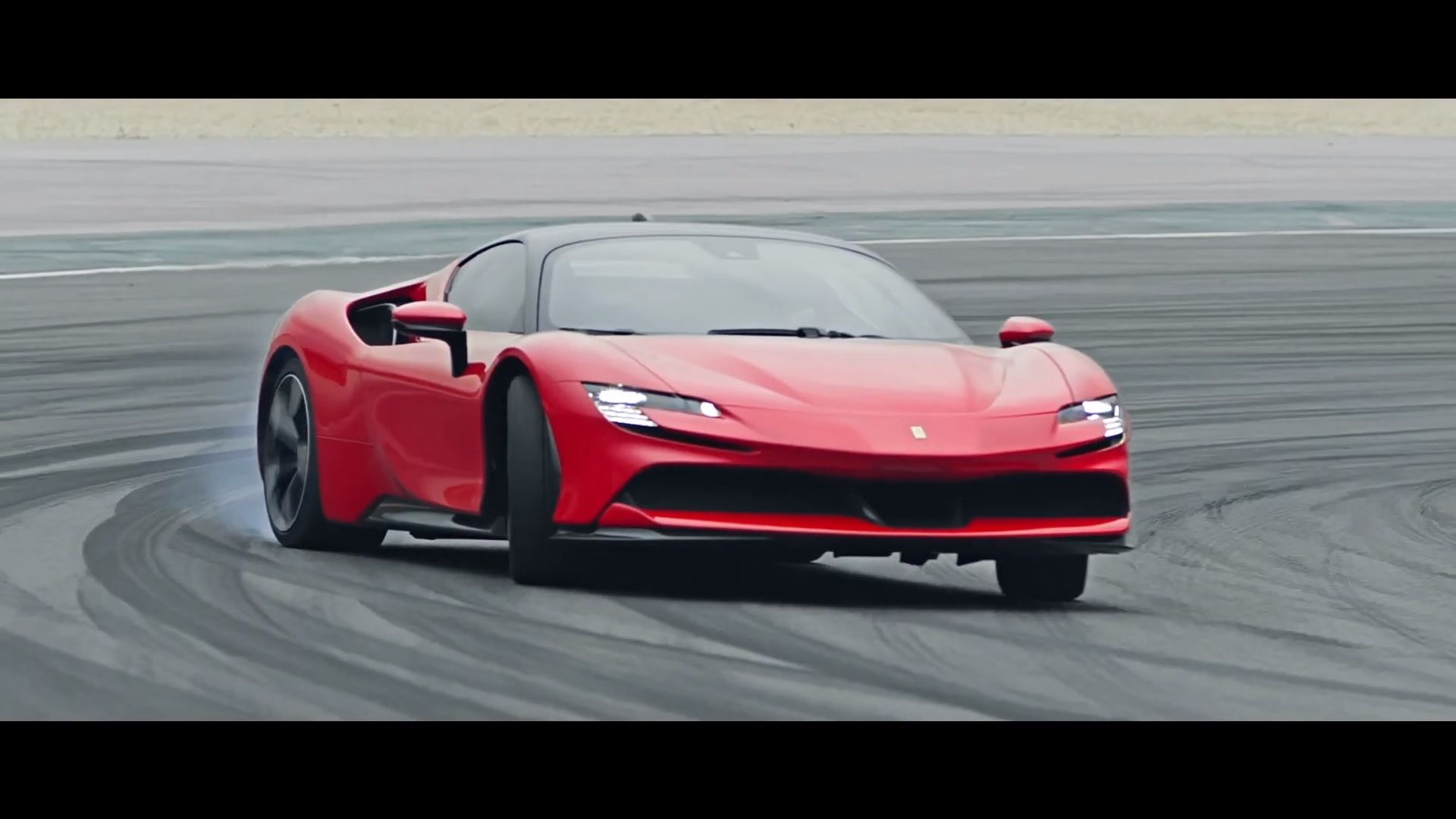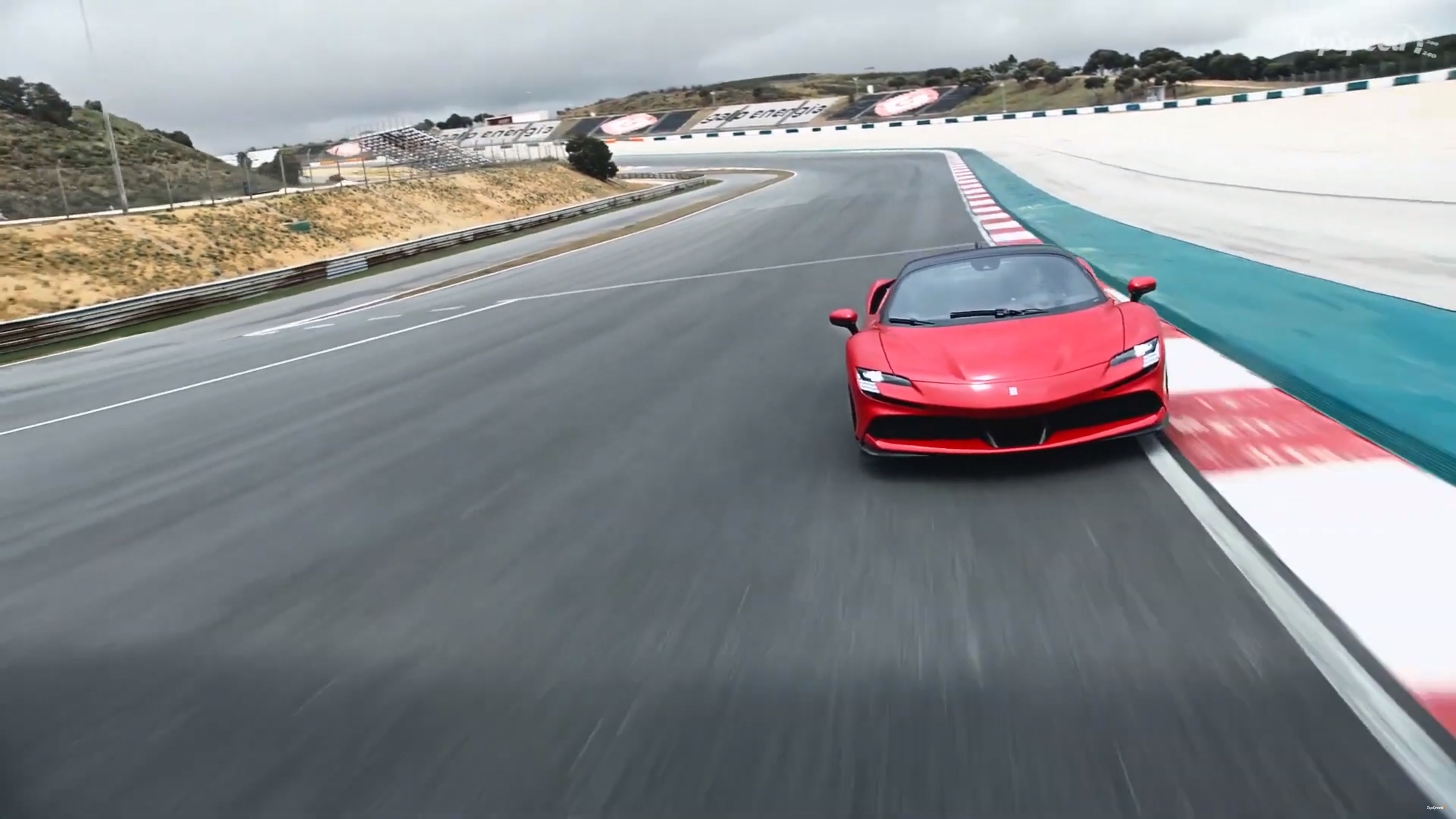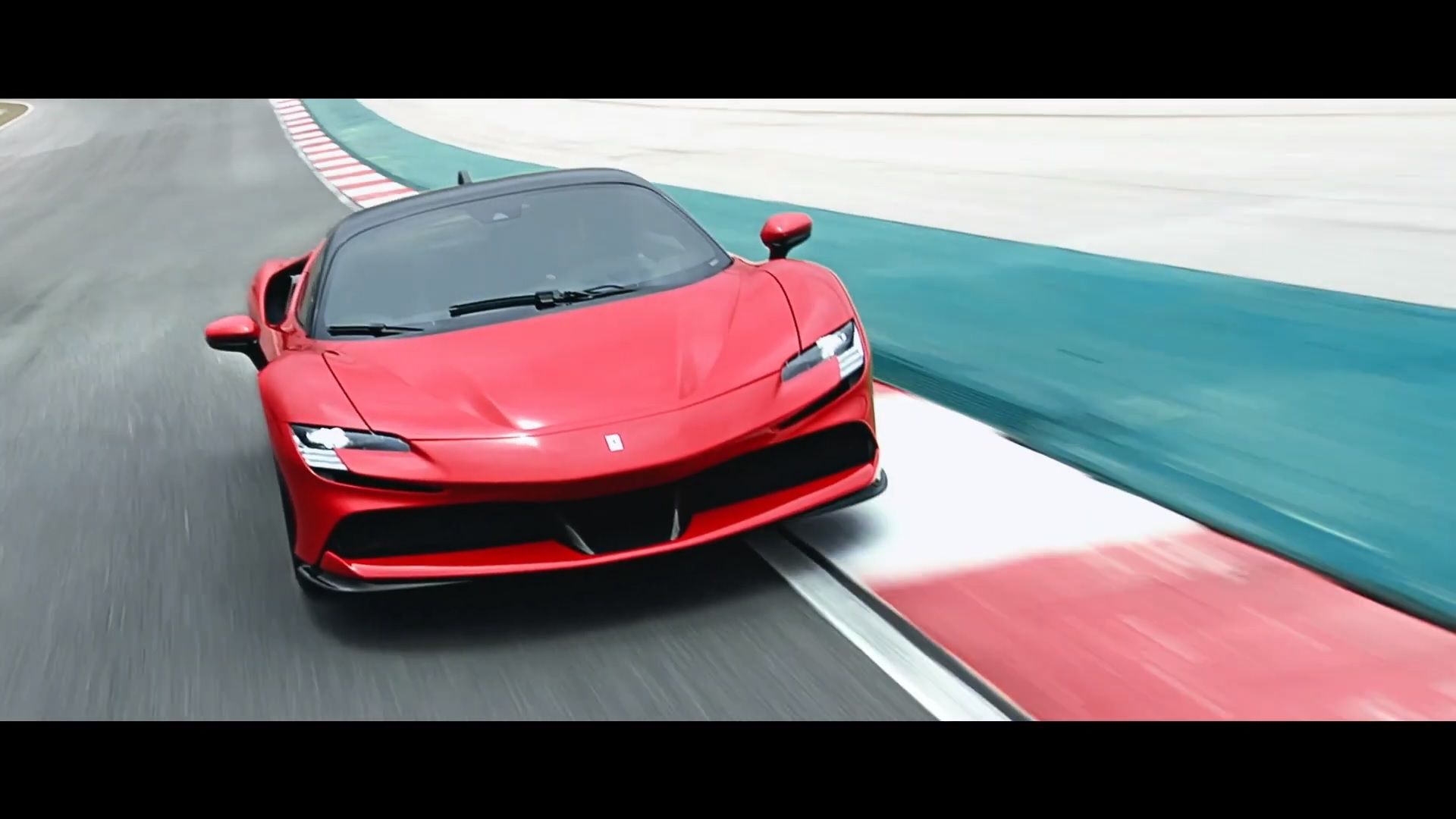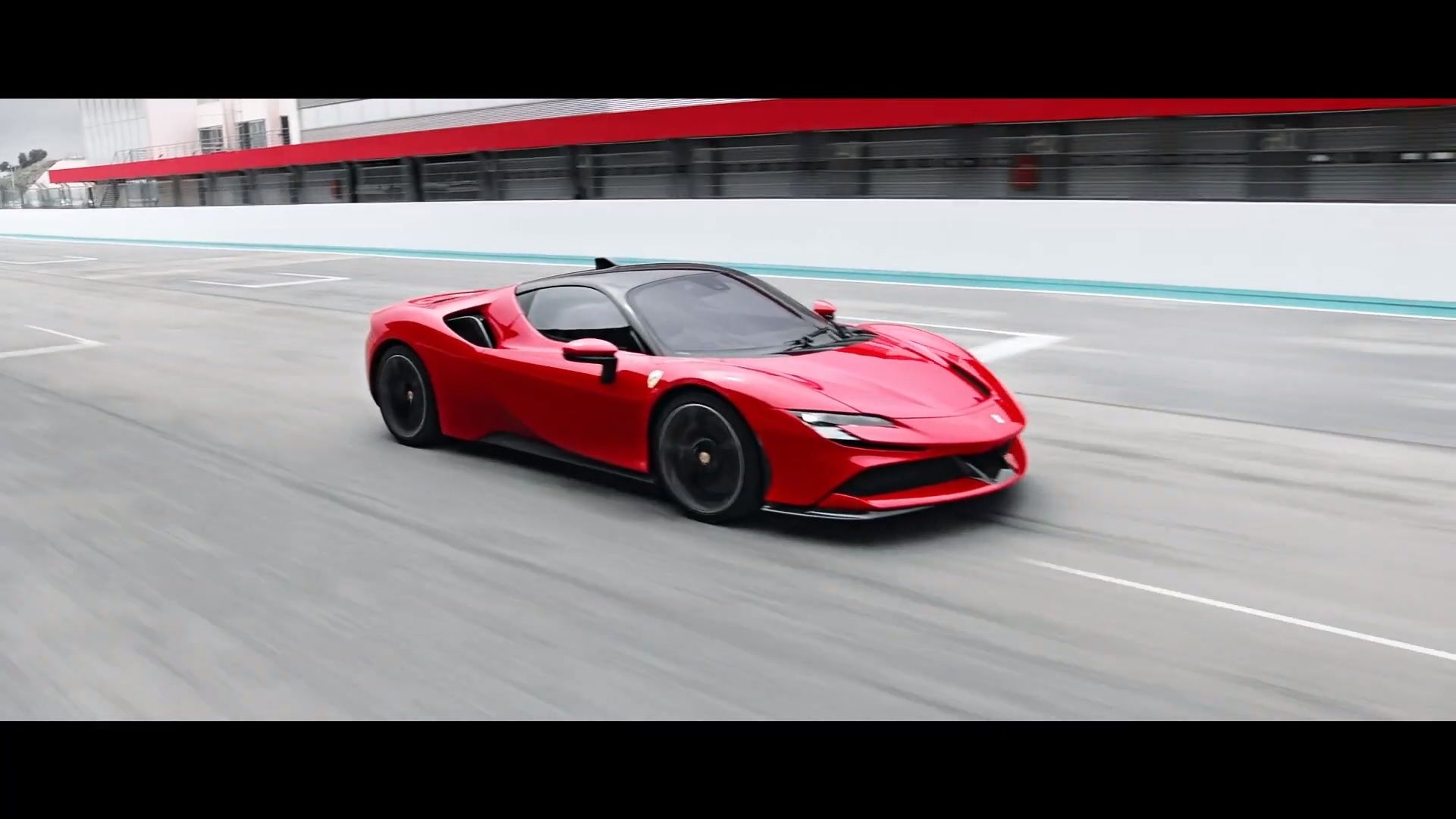Ferrari undoubtedly stole all of the headlines in the automotive world this week when it released the first official images of its next hypercar, the SF90 Stradale. Immediately, people started touting it as the "replacement for the LaFerrari," but this isn't the case. No, the SF90 Stradale is just Ferrari's first PHEV and just the most powerful Ferrari road car ever made with a combined output of 986 horsepower, 37 more than the LaFerrari. What this means is that it will be expensive but not as expensive as you think it'll be and it also won't be as rare as you think it'll be since Ferrari won't make it in limited quantities like in the case of the LaFerrari or the Enzo.
Now, before I jump into hiding to dodge any rocks that may be heading my way, let me tell you that, upon seeing the SF90 Stradale, I thought it looks a bit uninspiring for it to be just next Ferrari halo car. Not that it's ugly as such, it just doesn't stand out the way a LaFerrari, an Enzo or an F40 all do in their own very specific ways. Of course, the SF90 Stradale does stand out when you look at the numbers: 986 horsepower from a twin-turbocharged V-8 working together with three electric motors, 590 pound-feet of twist just from the V-8, a dry weight of just 3,461 pounds in its track-oriented guise, 0-62 mph in 2.5 seconds, 0-124 mph in 6.7 seconds, and a top speed in excess of 211 mph. Oh, and it's also quicker around Fiorano than the LaFerrari.
Now, after successfully bombarding you with all these numbers you've most likely read before, I'll tell you why I think the SF90 Stradale really matters: it matters because it's very much the future, a car that utilizes F1 tech to the point that Ferrari have named it after its current F1 contender and only added the 'Stradale' designation, one that's been dormant for some 15 years, to signal to everyone that, yes, indeed, you can take it out to shop for groceries and, in fact, it can go in all-electric mode for 16 miles, more than a Honda Accord PHEV. So, how much will you have to pay for a Ferrari that allows you to drive more than an Accord while holding hands with nature?
the0}
The Ferrari SF90 Stradale sits on an all-new monocoque that blends carbon fiber and aluminum. Is powered by an evolution of the F8 Tributo's mill that grew to 4.0-liters in the SF90 Stradale and that's multitasking in the middle of Ferrari's new hypercar. The design is also new as is the 7.9 kWh lithium-ion battery pack that powers the three electric motors (one mounted to the transmission and two on the front axle). It features a heavily improved side-slip control system named eSSC here because, well, the car is a hybrid and it has to deal with electric torque and power too. That's why there's an electric traction control system there and not a standard one, and that's why you've got a fully functional kinetic energy recovery system (KERS) that helps you slow down and recharge the battery pack at the very same time.
Top Gear reckons the car will cost "about £400,000" which is $505,520 or $170,245 more expensive than an option-free Ferrari 812 Superfast, a car that cranked out 789 horsepower and 530 pound-feet of torque from a 6.5-liter V-12 and that could go from naught to 62 mph in 2.9 seconds en route to a top speed of 211 mph. Should you pay more than half the price of an outgoing 488 GTB to reach 62 mph 0.4 seconds faster and go above 211 mph? I mean, almost nobody ever does it, right? But that's the catch.
But what Ferrari wants to do with this car is show its tech prowess besides its ability to turn out a stupidly fast car since the latter is one that we've known all along.
So, if you take it as a performance powerhouse, the SF90 Stradale is a much more enticing proposition. I mean, Ferrari managed to cram lots more tech in its latest baby than in the LaFerrari, a car that was only produced in 349 copies, made it go faster, made it more ecological, made it lighter (by just 34 pounds but you shouldn't forget that all the electric bits weigh 595 pounds on their own), and, if Top Gear's bang on the money, made it cost almost a third as much. It's genius!
Sure, the rapid pace at which technology advances nowadays enabled this to happen but you can't deny this is a huge step ahead from the LaFerrari and it ain't even the LaFerrari's real replacement as that's said to come in 2022. This is just another gift to Ferrari's clientele on the 90th birthday of Ferrari - not the automaker, but the brand itself that first appeared on the hoods of Alfa Romeo race cars shortly after World War I as Enzo Ferrari was appointed the team boss of the works Alfa Romeo outfit.
Still not convinced the SF90 Stradale is actually cheap? Well, let's first take a look at its potential rivals. I must admit, though, that there aren't many and this may be an argument to go for the SF90 too. I mean, there's the 2020 Aston Martin AM-RB 003 but that costs $1.15 million to buy. Yes, it is made from the same dough as the insane Valkyrie and, yes, it will be powered by a twin-turbocharged V-6 coupled to a KERS system that may produce about 900 horsepower (and there's also all the clever undercarriage aerodynamics and the flexible bodywork as opposed to the SF90s dual active wings) but it's double the price. Is it double the car? While most of the details are held secret, I think it can't be.
Then there's the 2019 McLaren Speedtail but that's more of a spiritual successor of the F1 in the sense that it exudes a strong GT personality whereas the SF90 Stradale is more focused despite its 'green' facet. The Speedtail is said to make 1,035 horsepower and 840 pound-feet of torque, enough to power it to 250 mph (the extended tail and clever underbody aero mean it's glued to the tarmac even at that mind-boggling velocity). At the face of it, then, the Speedtail is on a different level but, actually, its ICE is remarkably similar. It features a 4.0-liter V-8 that puts out 746 horsepower and 590 pound-feet of torque. The battle is won in the electric department as the Speedtails two (not three!) electric motors generate together 308 horsepower (88 more than the Ferrari's) and 256 pound-feet of torque. The price? Somewhere in the region of $2.24 million when you add the taxes. If you aren't already running back to that Ferrari dealership, hear this: the P1's price back in 2013 was $1.09 million while a McLaren Senna with all the power of an 812 Superfast, 815 fewer pounds, and more downforce, starts at $947,850 sans taxes.
just0}
I wanted to end the piece there, but I thought you might start delving into the archives and say that Ferrari's past hypercars from the F series and the 288 GTO that effectively started the 'halo car' craze were cheaper when new than the SF90. This isn't the case even before one goes out of his way to highlight the obvious fact that everything was cheaper back in the '80s or '90, while the tech that resides at the heart of the SF90 Stradale could probably keep a few rockets on track at the time of the 288 GTO's release in the mid-'80s. But, all right, I'll go with it.
As I said, the 288 GTO came first. It was first meant to merely exist as a homologation special to allow Ferrari to go Group B rallying but that never happened and, in the end, Ferrari sold 275 units of the 288 GTO just because. It was a 189 mph car that could reach 60 mph in 4.9 seconds from just 400 horsepower (but they only had to push some 2,600 pounds).
The 288 GTO was followed, in 1987, by what many consider to be the supercar to end all supercars: the F40. Ferrari wanted to make but a few of them to celebrate its 40th anniversary, but people kept asking for more and, in the end, 1,311 rolled out of the Maranello factory, all theoretically capable to reach 201 mph - a first at the time, according to Ferrari. RUF was there to bash these claims, but what matters is that Nicola Materazzi's masterpiece was expensive even in the '80s when excess was almost deemed necessary.
The F40 was so profitable, Ferrari kept making it for five years and, when they got back to the drawing board to come up with its successor, Materazzi had left (he worked on the ill-fated Bugatti EB110 and, later on, and the dawn of the Third Millenium, on a car that put on the road the whole potential of the 'Italian Bugatti', but I'll talk about it on another occasion).
Finally, in 2003, the F60 showed up. Only Ferrari didn't call it that, the House of Maranello named it the 'Enzo.' It was another 'F1 car for the road' but one that Ferrari took a lot of pride in since it was baptized with the name of The Drake himself.
Further reading
2021 Ferrari SF90 Stradale PHEV - Quirks and Facts You Have To Know About
Read our full review on the 2014 Ferrari LaFerrari
Read our full review on the 2021 Ferrari SF90 Stradale.
Read our full speculative review on the 2021 Ferrari LaFerrari Successor.

